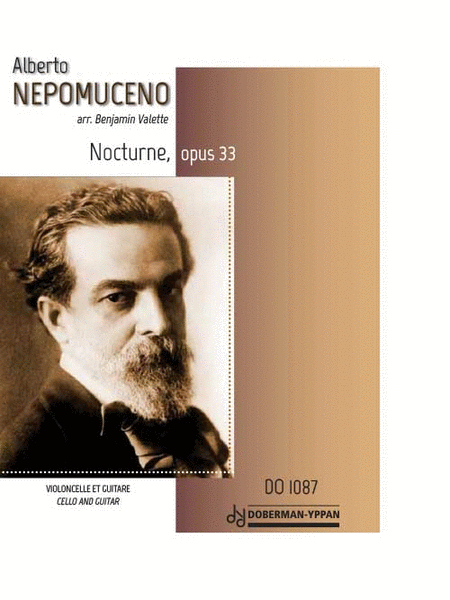Alberto Nepomuceno (1864 - 1920)
 Brésil
Brésil
 Brésil
BrésilAlberto Nepomuceno (July 6, 1864 Fortaleza - October 16, 1920 Rio de Janeiro) was a Brazilian composer and conductor
Alberto Nepomuceno was born in city of Fortaleza, capital of the state of Ceará in northeastern Brazil. His father, Vitor Augusto Nepomuceno was a violin professor and it was with him that Nepomuceno had his first music lessons. In 1888, he was able to leave for Europe to further his musical studies. In Rome he studied with Giovanni Sgambatti. In 1890, he moved to Berlin where ... (Read all)
Source : Wikipedia
Alberto Nepomuceno was born in city of Fortaleza, capital of the state of Ceará in northeastern Brazil. His father, Vitor Augusto Nepomuceno was a violin professor and it was with him that Nepomuceno had his first music lessons. In 1888, he was able to leave for Europe to further his musical studies. In Rome he studied with Giovanni Sgambatti. In 1890, he moved to Berlin where ... (Read all)
Source : Wikipedia
FREE SHEET MUSIC
-
Active criterias:
Search
| |||||||||||||||||||||||||||||||||||



































 SHEET MUSIC
SHEET MUSIC